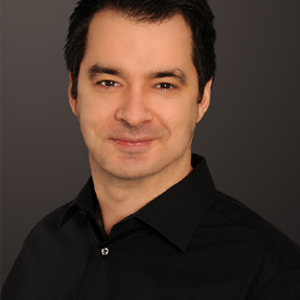Hi,
I know that in SCOM we have event correlation. As in we can correlate multiple "similar" events in to an existing alert if the conditions match.
I also know that we have Health roll-up where when say X number of child objects are unhealthy, the roll-up will be unhealthy. And therefore we could choose to have the alert at the roll-up level or the child level.
But is there any way at the moment (or any plans) to allow a combination of the roll-up, like SolarWinds does and also like ScienceLogic does. In other words, alert at child level (and therefore get more specific details in the alert) as long as the parent is deemed healthy, BUT...do NOT alert at child level when the parent is deemed unhealthy, and instead let the roll-up alert. At the moment (as far as I understand), we can only have one or the other, as we simply chose to enable or disable the monitor. We still need the child alert up to a point where we can say that there is something wrong at a higher level.
In SolarWinds, if for example a switch is down, you can tell it to put the child objects such as ports in an unmonitored state so that you don't get a port alert and the switch alert.
In ScienceLogic, you can configure masking/suppression that acts in a similar way by silencing child devices if the parent is unhealthy.
I know Kevin did something similar as part of a demo for consolidating heartbeat alerts when a Gateway Server goes down, but it almost feels like Microsoft are missing a trick at the moment.
Our main monitoring tool is SCOM but we also have ScienceLogic used (by our service provider) for cloud servers and we also have SolarWinds for Core network devices. I am concerned at the moment because SCOM is currently noisy with these duplicated scenarios, and we have reviews at the moment. I know all these tools have their advantages and disadvantages but I sense if we cannot do something to correlate the noise from SCOM, one of these other tools may be chosen instead.
I am happy to author something, but I don't want to end up almost re-inventing the way SCOM works just to make it happen.
Thanks
Andrew


